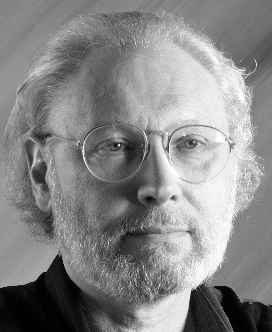
Miles Bair

Growing up in a blue collar town in the foothills of the Allegheny Mountains, I listened to the daily chatter of the mill workers and miners fantasizing about, or reliving, their weekend escapes to the mountains. My family didn’t own a car, so my travel was limited to an occasional Sunday drive sponsored by one of my uncles. My most memorable childhood trips were on days when we drove into the mountains of central Pennsylvania. It was a green wonderland filled with streams, waterfalls, mountain laurel, and many varieties of tall trees. In Chinese mythology the mountains are the access points to spiritual realms. For me the wooded mountains will always have a status akin to the mythical sacred mountains in Chinese art. Many times, I return to the mountains of my youth through my paintings.
Today there is almost no craft involved in mainstream American art. Wealthy artists outsource any technical processes involved in art making to skilled artisans who receive little money and no credit for their labors. I have chosen to practice a traditional art form (woven fabric, colored mud, and animal hair glued to the end of a stick). Although I am not all that traditional—no hand-ground pigments or rabbit skin glue—I still do most of my own studio work. I am a partial product of America’s pre-electronic age. There was no television in my home before I was nine. I grew up in a world where more things were made by hand than were purchased in finished form. I come from a subculture of physical laborers and practical problem solvers. Being an artist is far removed from the life experiences of my working class ancestors, just as the manner in which I chose to practice art is removed from the current pursuits of the art world. There are some vestiges of the skilled worker’s ethic that remain in the practices of a painter who spends months working on a large painting with tiny brushes.
At some point, I became aware that the art establishment had all but abandoned qualities like beauty and seriousness for high-priced decorations and art that merely entertains. Although, I still see good work by contemporary artists. I started to look at other paradigms for thinking about and making art. My work often reflects my interest in byobu (Japanese screens) and pre-renaissance art. My interest in the use of gold leaf began with my examination of medieval European art. I have been influenced by many traditional Japanese painters and printmakers. I have a small collection of Japanese prints and tea bowls. I travel specifically to see important exhibitions of East Asian art. I am also a lover of Japanese gardens. Each time I returned from Japan, images derived from the gardens seeped into my paintings in some unanticipated way. I try to avoid the fusion of Eastern and Western artistic concerns that characterized impressionism and art nouveau nevertheless, some elements of Japanese aesthetics usually inform my work.
I live in central Illinois where I can’t travel very far from my home in any direction without crossing some portion of the great prairie. The Midwest prairie is a vast cultivated unnatural space where I am never entirely comfortable. It is not that there is nothing of aesthetic interest on the prairie; it just doesn’t sing my song. I tramp the ridges and canyons along the Illinois River and the forests of the Great Lakes region. I love to return to the Appalachians. The mountain laurel that covers most of the Eastern mountain ranges is still my favorite plant. My most consistent escape is my studio where I spend much of my time. Things happen in the studio that are surprising to me. The studio seems to be a good place for exercising the mind.
I greatly appreciate those who take the time and expend the effort to really see my paintings. Thank you.